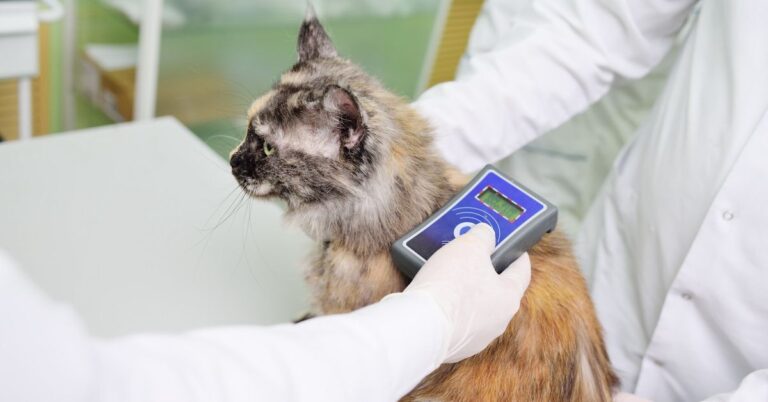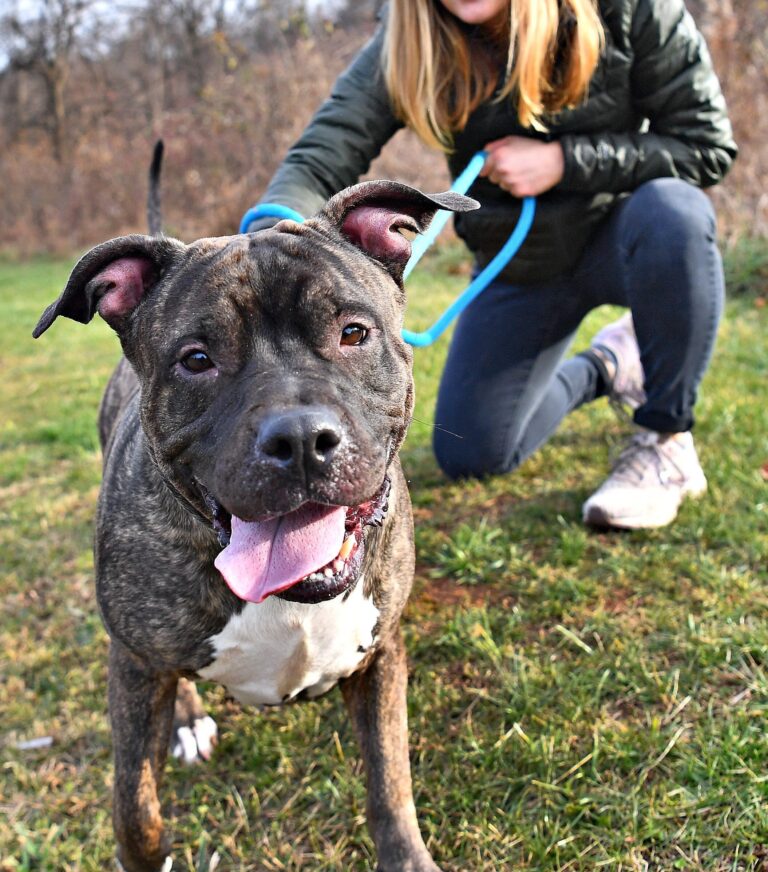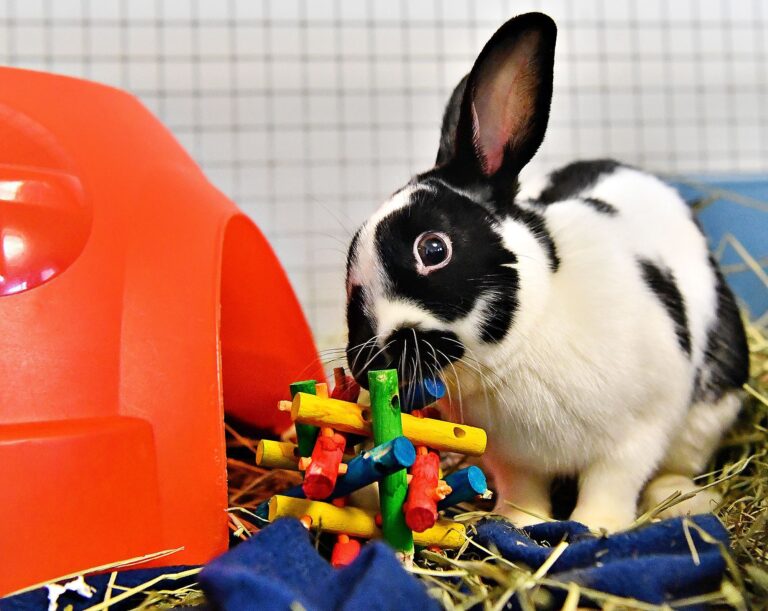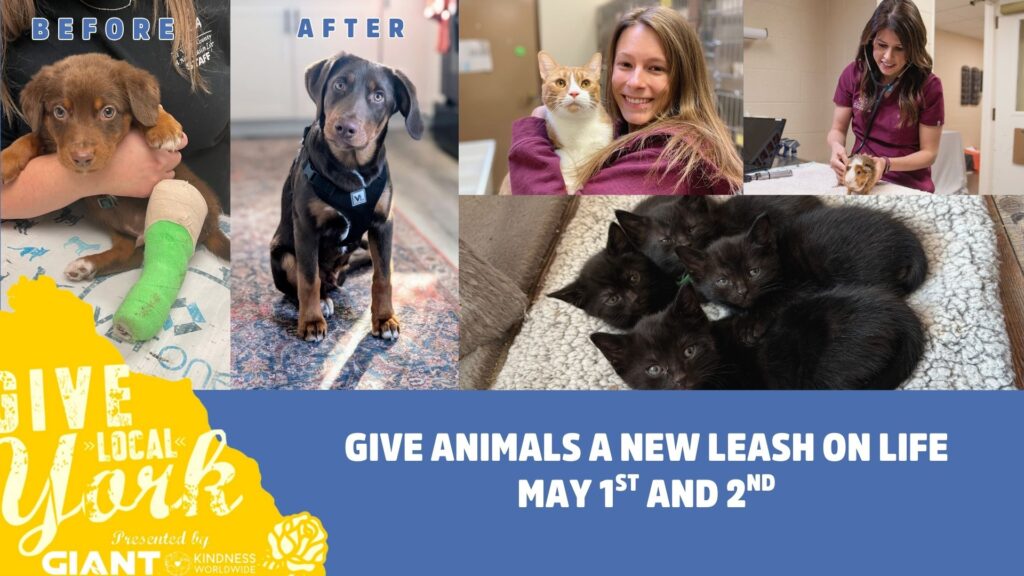How to Help Your New Pet Feel At Home
Adoption Resources
TIPS FOR BRINGING A SHELTER CAT HOME
Help Your Cat Feel At Home

Making Your Cat Comfortable
To ensure a smooth transition for your new cat, keep them separated in a designated room for 10-14 days with clear access to food, water, and a litterbox.
Introducing Your Cat To Other Pets
When introducing your new cat to other pets, use baby gates to allow visual interaction while preventing physical contact. Scent swapping can also help animals acclimate by familiarizing them with each other's scents.
Getting Used To Your Presence
Be patient as your new cat gets used to your presence. Reading out loud while in the room or leaving something with your scent on it can help your new cat acclimate to you.
Exploring the Home
As your cat feels more comfortable, they'll greet you when you enter the room, indicating that they may be ready to explore the rest of your home.
TIPS FOR BRINGING A SHELTER DOG HOME
Help Your Dog Feel At Home

Reward Your Dog
Dogs learn by association, so reward your dog's good behavior with treats and praise, and ignore unwanted behavior.
Be Consistent
Don't let a puppy get away with things you don't want them to when they're older. Make sure all the family enforces the same rules so that your dog doesn't get confused.
Be Positive
Keep training sessions friendly and positive, and always end a session on a happy note with praise and petting. If you're not enjoying the training, neither will your dog.
Have Patience
Don't have unrealistic expectations. You're much more likely to remain patient if you don't set your sights too high when starting out. Enjoy the training process.
How to Properly Care for Your Hamster
Help Your Hamster Feel At Home
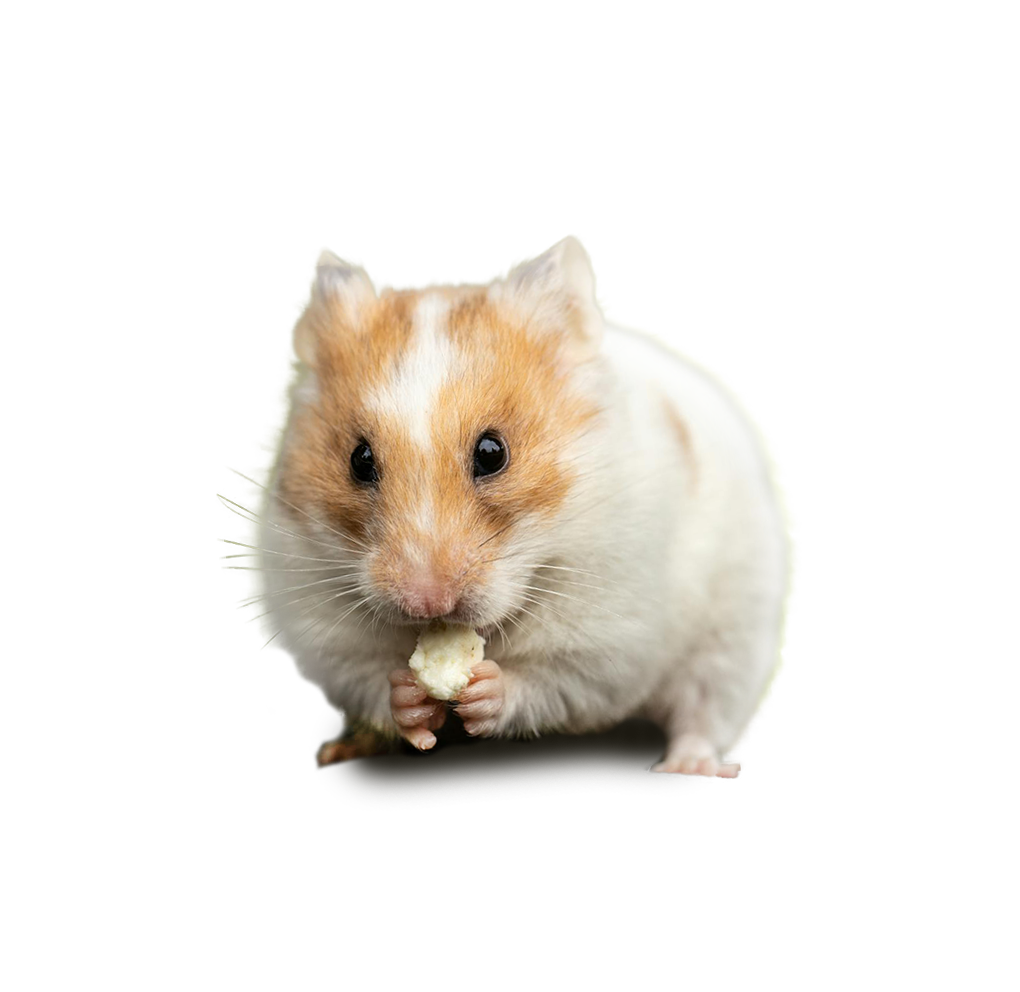
Picking a Cage
The ideal hamster home is as big as you can make it, full of deep bedding (4-6”+) to burrow in and lots of enrichment.
Furnishing a Cage
Hamsters are most active overnight, so their cages should provide everything they need to stay busy while you’re asleep, including a solid exercise wheel, food, water, and plenty of toys to chew, climb, and explore.
Feeding Your Hamster
For a balanced diet, offer hamsters a combination of lab blocks and seed mixes in a forage or 'scatter' style to mimic natural feeding behaviors and keep them mentally engaged.
Cleaning a Cage
Remove spots of soiled bedding and droppings daily, and replace all bedding weekly. The entire cage should be thoroughly cleaned once a month with gentle products to avoid irritating your hamster's sensitive respiratory system.
Handling
Do not wake up your hamster while they’re sleeping to play—they may startle and bite. Wait until your hamster is active in the evening and incorporate some tasty treats to build trust during your handling sessions.
Managing Your Hamster's Health
You can prevent several common health issues by reducing stress on your hamster and providing proper care when handling or introducing new foods. Always check with a small animal vet if you’re concerned about any changes in appearance or behavior.
How to Properly Care for Your Rabbit
Help Your Rabbit Feel At Home
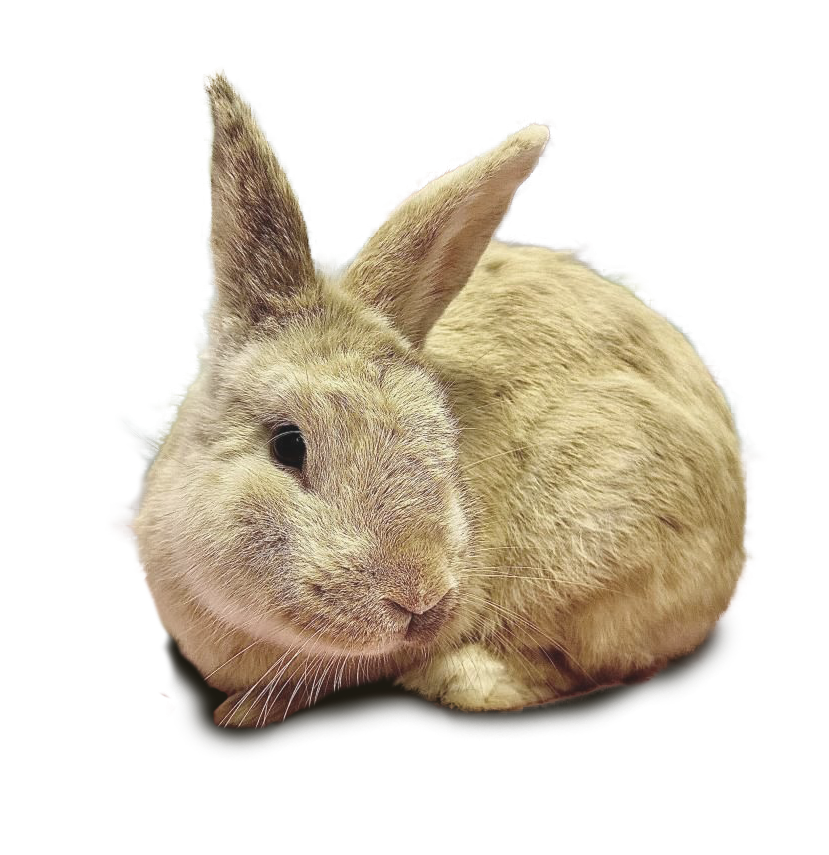
Setting Up Safe Indoor Housing
Rabbits can be housed indoors in a bunny-proofed room, a puppy pen, a bunny condo, or a large rabbit cage with enough space for them to hop around. They'll need a few hours of exercise outside their pen every day.
Bunny Proofing Your House
To keep your rabbit safe and protect your belongings, thoroughly bunny-proof their space by covering or elevating wires, baseboards, and other valuables.
Feeding Your Rabbit
A rabbit’s diet should mainly consist of fresh hay with baby rabbits eating alfalfa and adults consuming timothy, grass, or oat hay. Supplement their diet with fresh vegetables, fiber-rich pellets, and fresh water.
Setting Up a Litter Box
Rabbits naturally prefer to use one area for waste, so set up a medium-sized cat litter box or shallow bin near their food/water bowls and hay feeder. Use a thin layer of rabbit-safe, recycled newspaper pellet litter at the bottom, and place hay on top to encourage your rabbit to use the litter box.
Providing Enrichment
Rabbits require both physical space and mental stimulation to prevent boredom. Cardboard castles and boxes are excellent for chewing and offer a quiet refuge. There are also a variety of toys that can keep your rabbit engaged and entertained.
Grooming Your Rabbit
Although rabbits wash themselves frequently, regular grooming is essential to remove excess fur and prevent digestive issues from ingested hair. Regularly clipping their nails is also crucial to avoid discomfort or injury.
Managing Your Rabbit's Health
Since rabbits hide symptoms of illness due to their prey instincts, you must monitor their eating, drinking, and digesting closely. It's best to schedule routine veterinary checkups and speak with your vet about any changes in appearance or behavior.
Ensuring a Pawsitive Transition
Remember The 3-3-3 Rule
The goal of the 3-3-3 rule is to help your new pet build a strong foundation to settle in at home.
Many shelter animals experience a lot of change in a short period of time – from being a stray to coming into a whole new facility at our shelter with new people, animals, smells, and noises and then moving again into a new home, for example. They may feel scared, nervous, overwhelmed, and/or stressed at first and will need time to adjust to their new surroundings, just like us.
3 Days To Decompress
It takes 3 DAYS for your new pet to decompress, meaning they may experience a lot of emotions in this new environment. Have patience and give them their space when they first come home, allowing them to adjust in a way that feels comfortable for them.
3 Weeks To Learn Your Routine
It takes 3 WEEKS for your new pet to start learning your routine and settling in. You will begin to see their personality traits come out as they feel more and more comfortable in their new home.
3 Months To Feel At Home
It takes 3 MONTHS for your new pet to start to feel at home. Around the 3-month mark, they will begin to build trust and a true bond. They will gain a complete sense of security with their new family.
Did you give one of our furry friends a forever home?
Managing Your Cat's Health
COMMON FELINE DISEASES
Understanding common feline diseases is essential for ensuring the health, happiness, and longevity of your feline companion.
FeLV Overview
- Viral infection only contagious among cats.
- Spread through the saliva of an infected cat, usually from normal social behaviors like grooming and sharing food/water bowls (EASY TO SPREAD).
- Should either live in a house with no other cats, only FeLV positive cats, or cats vaccinated for FeLV (at the owner’s risk, as the vaccine is not 100% effective).
- Many cats live reasonably normal lives as long as precautions are made to protect them from wounds, parasites, and other infections since their immune system is suppressed. A smaller degree of cats may develop chronic respiratory infections, chronic dental disease, bone marrow issues, or certain types of cancer at a younger age.
- Some cats can either completely eliminate the virus from their system or decrease the load enough that it remains dormant and does not cause issues.
Additional Resources
FIV Overview
- Viral infection only contagious among cats.
- Spread through saliva into deep wounds – through bites (NOT easy to spread).
- Can live in a house with FIV negative cats as long as no aggression/fighting.
- NO longer referred to as feline AIDS.
- Many cats live reasonably normal lives as long as precautions are made to protect them from wounds, parasites, and other infections since their immune system is suppressed. A smaller degree of cats may develop chronic respiratory infections, chronic dental disease, bone marrow issues, or certain types of cancer at a younger age.
Additional Resources
FIP Overview
- Feline Infectious Peritonitis is a mutation of a coronavirus. Coronavirus itself is a self-limiting intestinal virus in cats that causes mild diarrhea and goes away on its own. It is spread through the feces.
- Studies show that up to 90% of cats are positive for coronavirus in densely housed populations, such as shelters. Meaning, the majority of our cat population has or has had coronavirus at some point.
- In some cats, especially young cats, the virus mutates into FIP. FIP can present itself in different ways, but it is a fatal disease.
- If a cat develops FIP, it does not mean the other cats in their house will develop FIP. At the point of diagnosis of one cat, their other cats have already been exposed to coronavirus and it is all dependent on their own body whether it will mutate into FIP.
- A cat with FIP cannot directly spread FIP to another cat.
- FIP can sometimes be hard to diagnose because cats often do not start showing signs until it has progressed to a severe point – at which time it will seem like the cat is declining quickly. There is not one test for FIP; it is based on several factors and physical exam findings.
- We have a protocol in place to decrease the incidence of FIP in our shelter as much as we can.
- Currently there is not an approved treatment in the U.S., however, an experimental drug protocol has shown success.
Additional Resources
Feline Distemper Overview
- Panleukopenia is VERY CONTAGIOUS among cats.
- This is a viral disease that attacks the intestinal lining and the bone marrow – causing very bad dehydration, diarrhea, vomiting, lethargy, and a weakened immune system.
- It can be a fatal disease. If caught early and the cat is strong enough, they can sometimes survive with supportive care.
- Cats positive for panleukopenia need to be kept separate from other cats until several weeks after resolution of signs because they are still contagious that long.
- The feline “distemper” vaccine is very protective against this.
Additional Resources
The latest news
Pet CAre Tips & Tricks
- York County SPCA
Summer is an exciting season because it brings fun activities for the warmth and water! Our pets are our family members, and we want to include them in on the fun!...
- York County SPCA
June is National Microchipping Month which is a reminder of the importance of microchipping your pets! A survey conducted by the American Animal Hospital Association discovered that out of 7,700 stray animals brought to shelters, 52.2%...
- York County SPCA
PETS 1. Prevent Dry and Itchy Skin 2. Safeguard Pets from Chemicals 3. Keep Pets Warm and Cozy 4. Protect those Paws COMMUNITY CATS 1. Build or Buy a Shelter...
- York County SPCA
We Americans love our pets, and the welfare of animals is something we should all hold in high regard. After all, if we don’t take care of the pets who...
- York County SPCA
I am a dog who ended up in a shelter where so many things were different: new people, lots of other dogs, loud sounds, strange smells, and more. Now, you...
- York County SPCA
Have you ever considered bringing a bunny into your family but didn’t know where to start? Well, you can start here, as York County SPCA Operations Director and resident rabbit...


